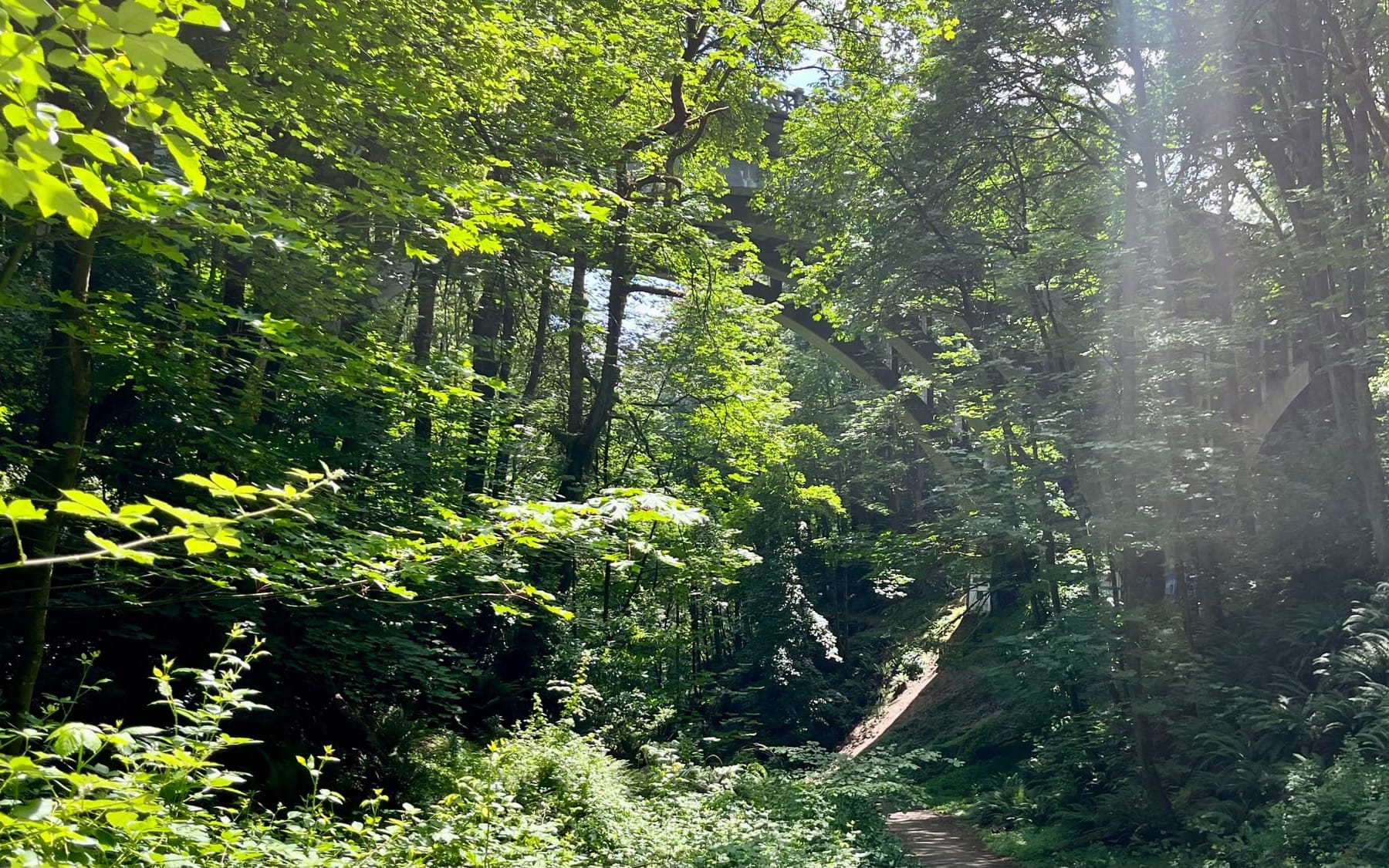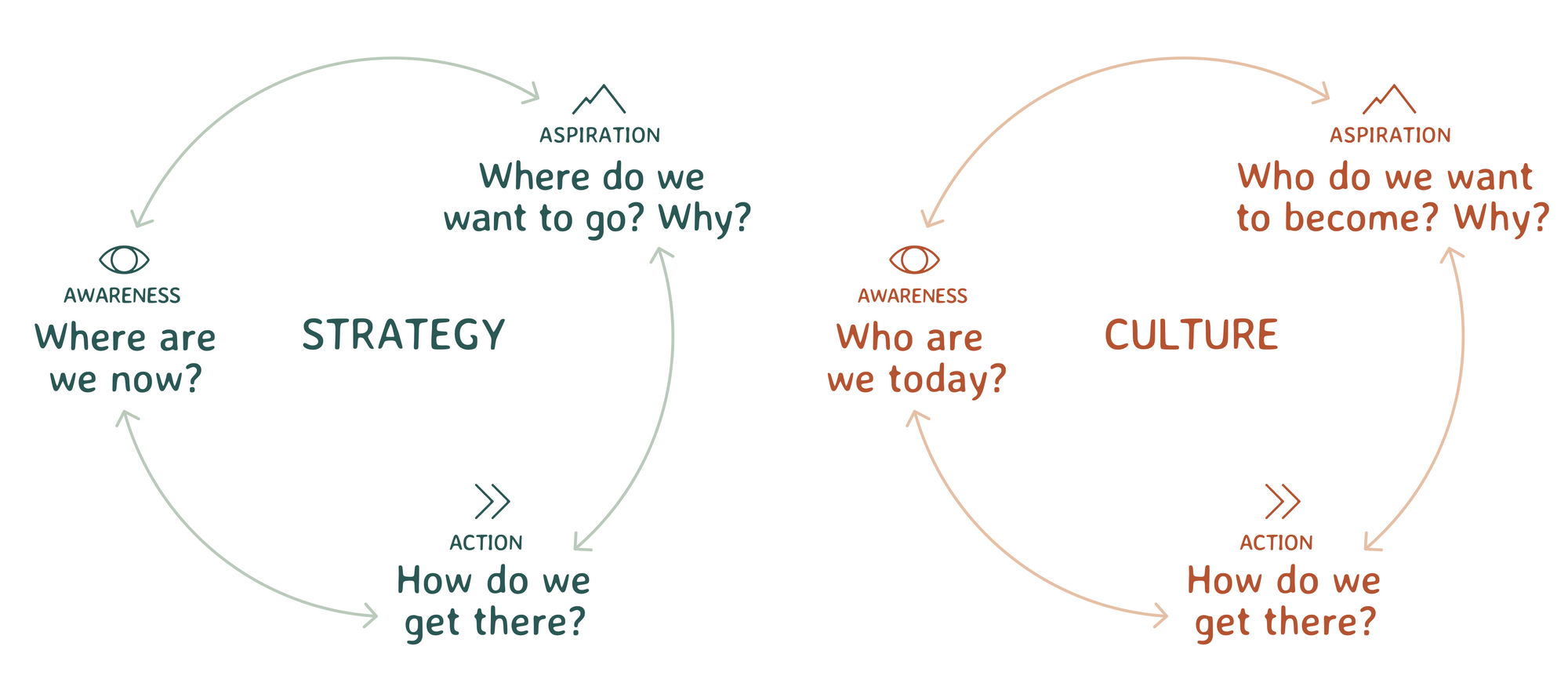I’ve previously shared an introduction to Liberating Structures, the methods that filled the “facilitation gap” in my own continuous improvement practice. These 4 Liberating Structures have been most important to my continuous improvement practice.
During planning
- Ecocycle Planning—an initial conversation that can help an uncertain or newly formed team figure out what to work on. Starting with a portfolio-level listing of major systems or responsibilities, people locate each of those in its overall lifecycle. The resulting ‘ecocycle’ is a big picture of things that need fixing, things that could be skillfully closed down, and things that need to be nurtured into further growth. There’s your schedule of continuous improvement projects.
During an improvement activity
- TRIZ—a scavenger hunt for existing system behaviors that produce bad outcomes. Purposefully designing a broken system is fun. Then, insight comes when people look for similarities between the bad system they’ve imagined and the way things get done today. TRIZ lets groups see how their collective work is both interrelated and necessary—and where there is room for creative destruction.
- 25/10 Crowdsourcing—a machine for generating bravery, starting with the question: “If you were ten times bolder, what big idea would you recommend?” The activity ends with a tantalizing presentation of the weirdest ideas that were elevated or supported by the whole group. There will be a few ideas you can go do right away, ‘ten times bolder’ premise be damned.
Afterwards
- What/So What/Now What—a group closing reflection and commitment. Can scale up or down, but this is the smallest possible closing that helps people make sense of what happened and to decide what’s next.
Look, they’re all good
There are dozens of Liberating Structures. Even if you are familiar with some of them, others will be new. I encourage you to seek them out. For example, I only started using Ecocycle Planning in the last year or so, but it has already gotten me out of a couple real pickles.






